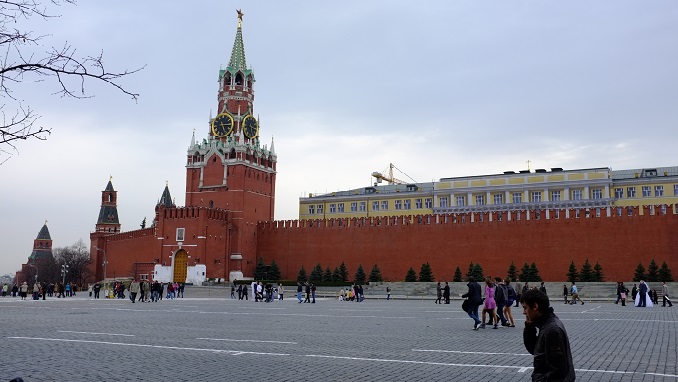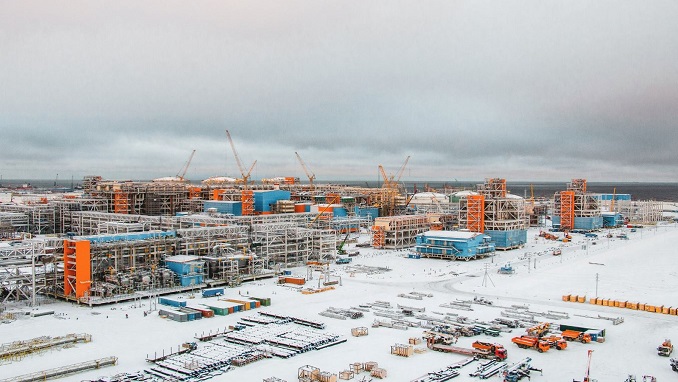As a result of the ongoing humanitarian and economic crises, as well as the decreasing safety spaces, particularly for women, girls, and other vulnerable groups, widespread protection hazards continue to exist in Afghanistan. Conflict, forced expulsion, access barriers imposed by bureaucracy, as well as natural calamities like earthquakes and flooding, have all worsened the situation for human rights. As a result, the impact of current protection threats is intensifying, which has a catastrophic influence on the population’s coping mechanisms and vulnerabilities.
De facto authorities (DfA) continued to threaten and carry out actual forcible evictions of persons residing in informal settlements on both public and private land throughout this quarter.
Moreover, more than 3,000 households were forced to leave the Balkhab district and flee to hilly regions, neighboring districts, and other provinces as a result of the armed clashes between Mawlawi Mehdi Mujahid, the Hazara Commander, and DFA forces. The majority of the impacted families had apparently been compelled to return to their communities by the government by mid-July. Women who struggle to maintain their families, especially those who are breadwinners or the heads of their households, face serious consequences as a result of the restrictions placed on their capacity to relocate.
The DfA is increasingly claiming control over the delivery of humanitarian aid and utilizing bureaucratic tools to sway the distribution of aid services. This puts the public at danger for protection, and it makes it more difficult for NGOs to operate. The following protection threats in the time frame addressed by this analysis demand immediate attention:
- Denial of resources, opportunities, services, and/or humanitarian aid, as well as stigmatization and discrimination
- Forced relocation or expulsion, as well as unlawful obstructions to mobility
- psychological pain and suffering
- mines and other explosive devices present
- Forced and child marriage
Actions must be taken right away to address the factors that are contributing to the protective environment’s deterioration, including the economic crisis, armed conflict, access barriers, and historically unprecedented discriminatory laws that rob women and girls of their fundamental rights.



